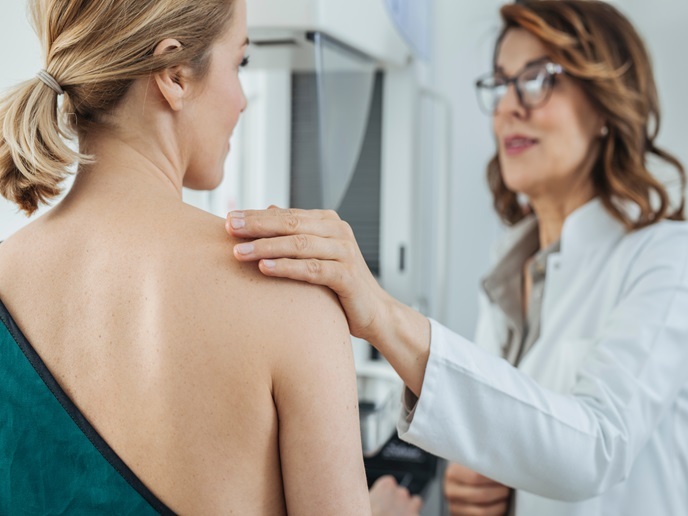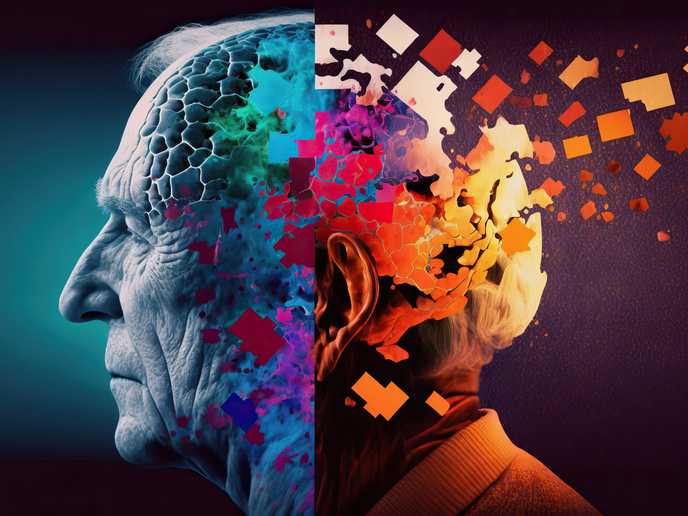AI key to smarter, patient-centered breast cancer care
Breast cancer screening typically involves mammography, often followed by ultrasound or MRI for high-risk cases. However, these procedures can return high rates of false positives, leading to unnecessary follow-up tests; alongside high false negatives, delaying diagnosis. Suspicious findings also often result in uncomfortable and costly biopsies, despite many abnormalities proving benign. And even after treatment, cancer reoccurrence risk assessments again rely on these inaccurate methods. “The current approach is basically one-size-fits-all, not tailored to individual risk. We need more accurate, non-invasive and personalized breast cancer detection and prognosis options,” says Domènec Puig from Universitat Rovira i Virgili(opens in new window) and project coordinator of the BosomShield(opens in new window) project.
International and interdisciplinary collaboration
Working to develop such options, BosomShield, supported by the Marie Skłodowska-Curie Actions(opens in new window) program, set out to build an AI-driven computer-aided diagnosis(opens in new window) (CAD) system able to analyze multiple data sources, radiological images, histopathological slides and clinical records, supporting early diagnosis, treatment planning and relapse prediction. “The goal is to support clinicians with explainable, multimodal relapse prediction that seamlessly fits within hospital IT systems,” explains Hatem Rashwan, BosomShield’s co-principal investigator also from the Universitat Rovira i Virgili. International and interdisciplinary collaboration has been central to the project. Ten doctoral candidates from Europe received world-class training from two U.S.-based partners – the University of Texas Health Science Center at Houston, and General Electric. Placements provided access to clinical workflows and data infrastructures different to those typically found within the EU, alongside exposure to cutting-edge AI, digital pathology and medical imaging environments. “Insights from diverse healthcare systems, data standards and regulatory frameworks, are invaluable for building interoperable and ethical AI solutions,” adds Puig. “Perhaps the greatest contribution of the U.S. partners was their sharing of practical translational medical insights about how to advance from research prototypes to clinical implementation.” At the same time, U.S. partners were able to benefit from European clinical expertise and data.
Next-generation breast cancer management platform
BosomShield successfully developed prototypes that could lay the foundation for a next-generation, AI-driven platform for breast cancer management. A radiological analysis module consists of two AI models. The first model predicts risk of breast cancer relapses, using machine learning algorithms applied to features extracted from mammograms, MRI and ultrasound. It also estimates breast density, identifies aggressive subtypes and classifies molecular subtypes, as a biopsy alternative. The second model predicts ‘pathological complete response’(opens in new window) (pCR), the full disappearance of detectable cancer based on multimodal imaging (MRI and CT-PET), helping clinicians assess therapy effectiveness and tailor treatment plans. These models are enriched through correlation with histopathological data. “AI techniques allow us to explore these digital slides, like Google Maps, analyzing points of interest, such as areas with abnormal cells or where a strong immune reaction has been provoked,” adds Rashwan.
Innovations for the U.S. and EU markets
A range of tests were used to evaluate the performance and reliability of BosomShield’s AI models and methods. For example, deep learning mammogram analysis was used to detect and segment tumors and identify the position and boundaries of a tumor with up to 98 % accuracy. AI models used to extract radiomics and morphological features were 88 % accurate in predicting molecular subtypes from mammograms and MRI images. “Our validations lay the groundwork for a clinically deployable, CE-marked(opens in new window) CAD system, significantly contributing to the EU’s Cancer Plan(opens in new window),” notes Puig. The team is currently preparing selected demos (such as subtype prediction and relapse risk estimators) for CE marking in the EU, while simultaneously exploring regulatory pathways for FDA(opens in new window) clearance in the U.S. This work could eventually open new commercial opportunities for both EU and U.S. partners.







